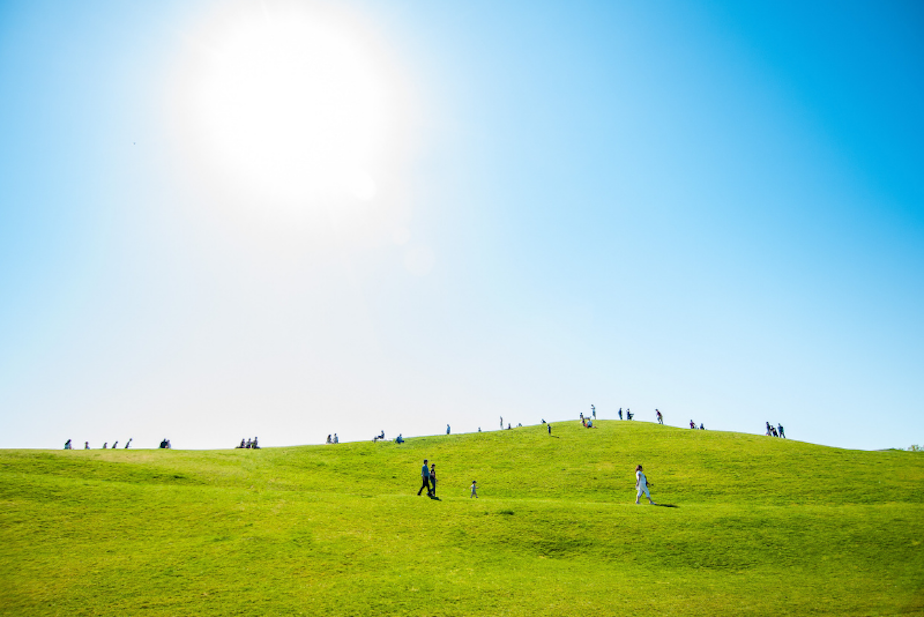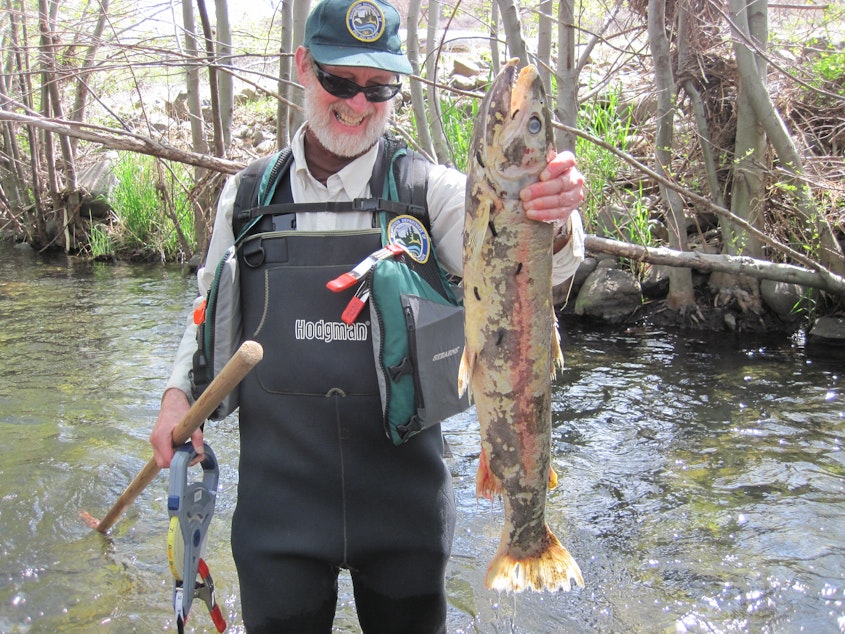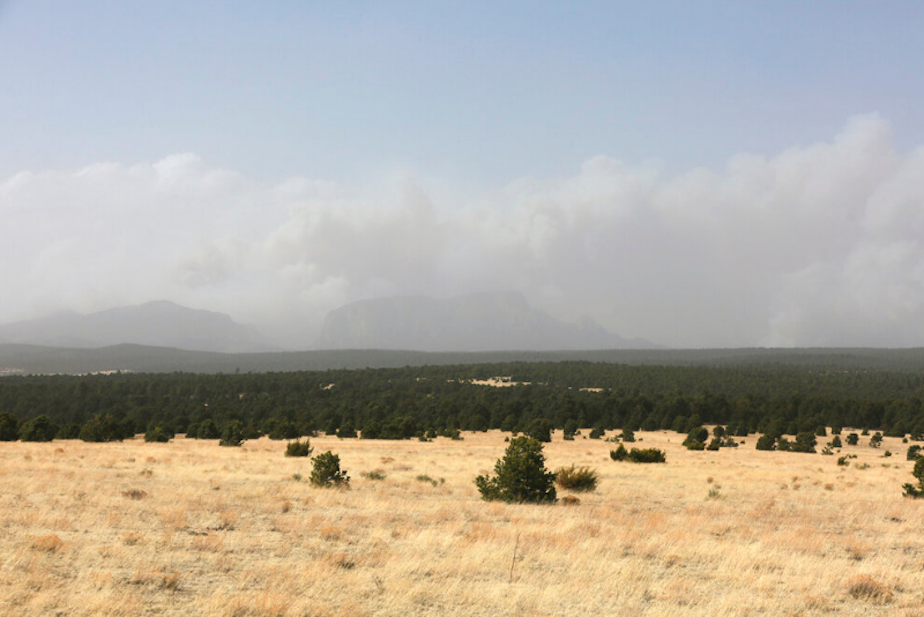Our 2022 NW summer outlook: Today So Far

- Some folks are still feeling the burn after last year's heat dome. Are any heat waves expected this summer? KUOW takes a look at the season ahead.
- Also, some big Google news for Kirkland, and the rest of Washington.
- And there's is a debate brewing over the future of of cars around Pike Place Market.
This post originally appeared in KUOW's Today So Far newsletter for April 25, 2022.
As summer is just a couple months away, let's get one thing out of the way: We're likely not going to see another heat dome like we did last year. A lot of us are still feeling the burn of that event. But as Climatologist Nick Bond tells KUOW, that was more of a "freak event" which likely won't be occurring annually.
"As the climate continues to warm, the very worst heatwaves will be much more intense. But even by the middle of this century, present projections suggest that temperatures as hot as what occurred last year will only come along once every five or 10 years," Bond said.
Recent weather has been a little freaky, however. The weeks ahead should be pretty normal for the Northwest: April showers bring May showers. The most recent long range forecasts from the National Weather Service (not a firm prediction and things could change) indicates that our region is slated for some light rain into the start of summer. Temperatures have an equal chance of being above or below normal at this point.
About this time of year is when we start to look at our mountain snow pack. That's related to the summer snow melt we rely on for things like power generation, drinking water, crops, etc. Fish like it too. Our region has above normal snow pack right now. But eastern Washington is another story. The south end of the Cascades has below normal snow pack, and the east side of the state is still straining from below normal rainfall. That's important to note since that's where most of our food comes from.
More of Bond's weather conversation is here.
There's some big Google news happening. But first, remember a few years back when Amazon had this big public event to choose its HQ2? Then it backed off. I recall saying back then that "Bellevue is actually HQ2." In my opinion, the east side of Lake Washington is where our region's tech sector will be expanding. There is only so much room in South Lake Union, and getting around Seattle can only become so efficient (or inefficient if they keep cancelling bus routes I need ... not that I'm bitter about that). In the years ahead, Bellevue will have two Amazon towers for 7,000 employees, though it aims to bring 25,000 jobs to that city.
Amazon is not alone. Google has also set its sights on the Eastside. Google has operated an office in south Kirkland for some time. Now it has a newer office building that is more integrated into the downtown core. The company just announced that it plans to spend $100 million more to build additional offices in Washington, bringing even more jobs to the region. Read more about that here. If my prediction is correct, we will be seeing a lot more tech offices springing up across the Eastside in the years ahead.
Speaking of our evolving region, there is a debate brewing over the future of Pike Place Market. More specifically: Should cars be banned from the street alongside the market? As Seattle Times Reporter David Kroman recently told Soundside, this debate is not new. But recent confrontations between vehicles and passersby have pushed it back to the forefront. Some want the cars gone. Some want the cars to stay. And others say there should be specified hours for vehicles to access the market. You can read/hear the full Soundside conversation here.
But I'm interested in what you think. I'll be transparent: I think vehicles should only be allowed for specified loading/unloading times. There may have been a time when small cars and trucks were appropriate for Pike Place, but that time is long gone. It's too overwhelmingly pedestrian now. Am I wrong? Let me know at dyer@kuow.org.
AS SEEN ON KUOW

Rhea Beecher writes about their grandfather Hal in the latest edition of KUOW's RadioActive. Hal's work at the Department of Fish and Wildlife ended up having a national impact. It also sparked a love of nature in Rhea. (Courtesy of Hal Beecher)
DID YOU KNOW?
There are three dragons in Renton. As far as I know, that’s the most dragons per capita in Washington state. The most obvious, and most popular dragon is peeking over the roof of a more than 100-year-old building along Wells Avenue, near Third Street. The 710 pound aluminum dragon was designed by Western Neon. It lights up and sometimes emits "smoke."
There’s a dragon statue over at the Renton headquarters of Wizards of the Coast, the makers of games like Magic the Gathering and Dungeons and Dragons.
And then there’s Brienne the dragon. This clay sculpture was crafted by various volunteers in 2016 as they randomly passed through downtown. Though after it was created, Brienne ran into a problem — there was no place to put it. Brienne lived in a pot shop for a few years until it found a permanent home at the Southport corner of Renton, along Lake Washington.
ALSO ON OUR MINDS

Destructive wildfires in New Mexico trigger emergency declaration
New Mexico Gov. Michelle Lujan Grisham has signed emergency declarations as 20 wildfires continued to burn in nearly half of the state's drought-stricken 33 counties. One wildfire in northern New Mexico merged with another fire to form the largest blaze in the state, leading to widespread evacuations.

